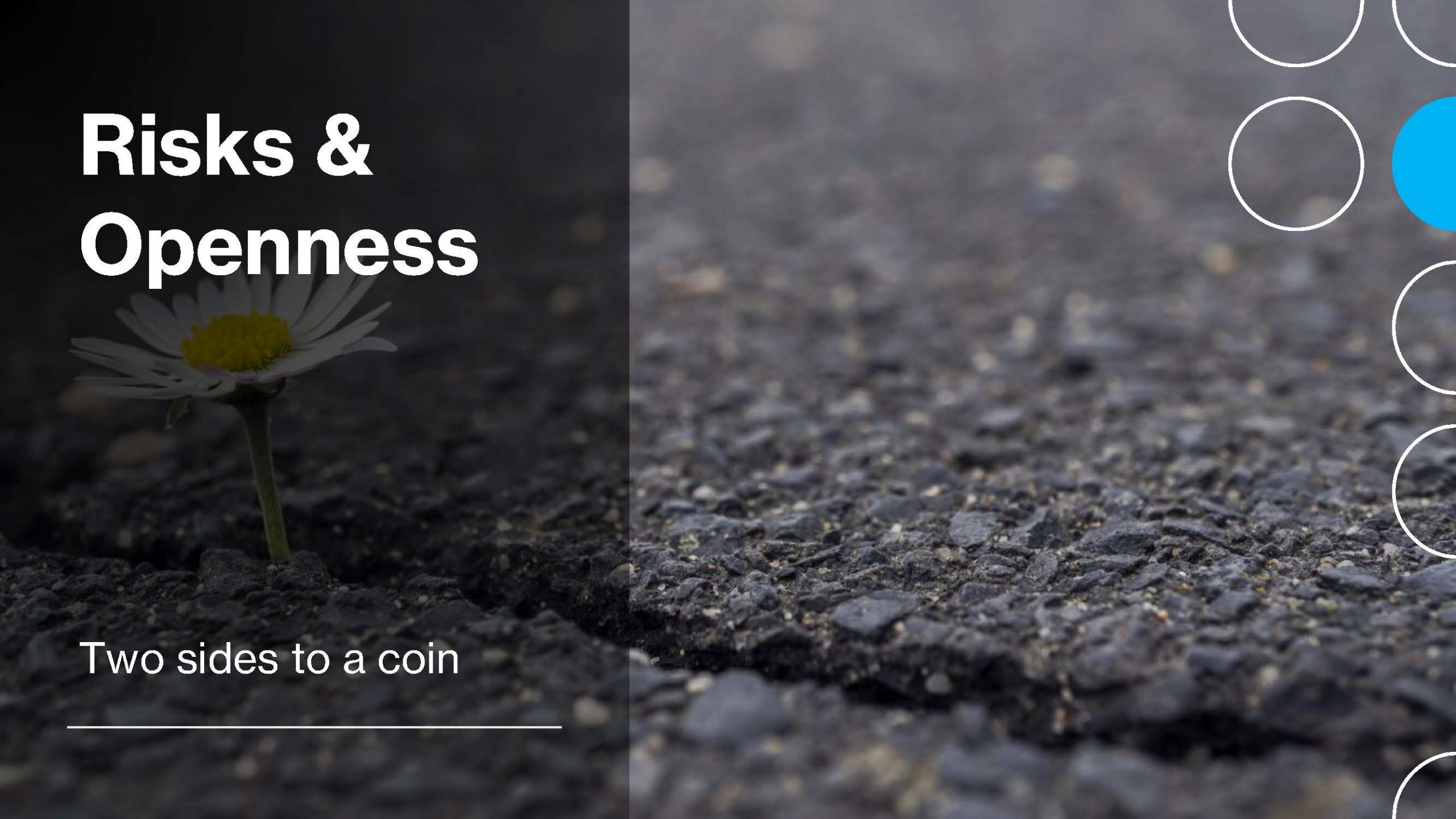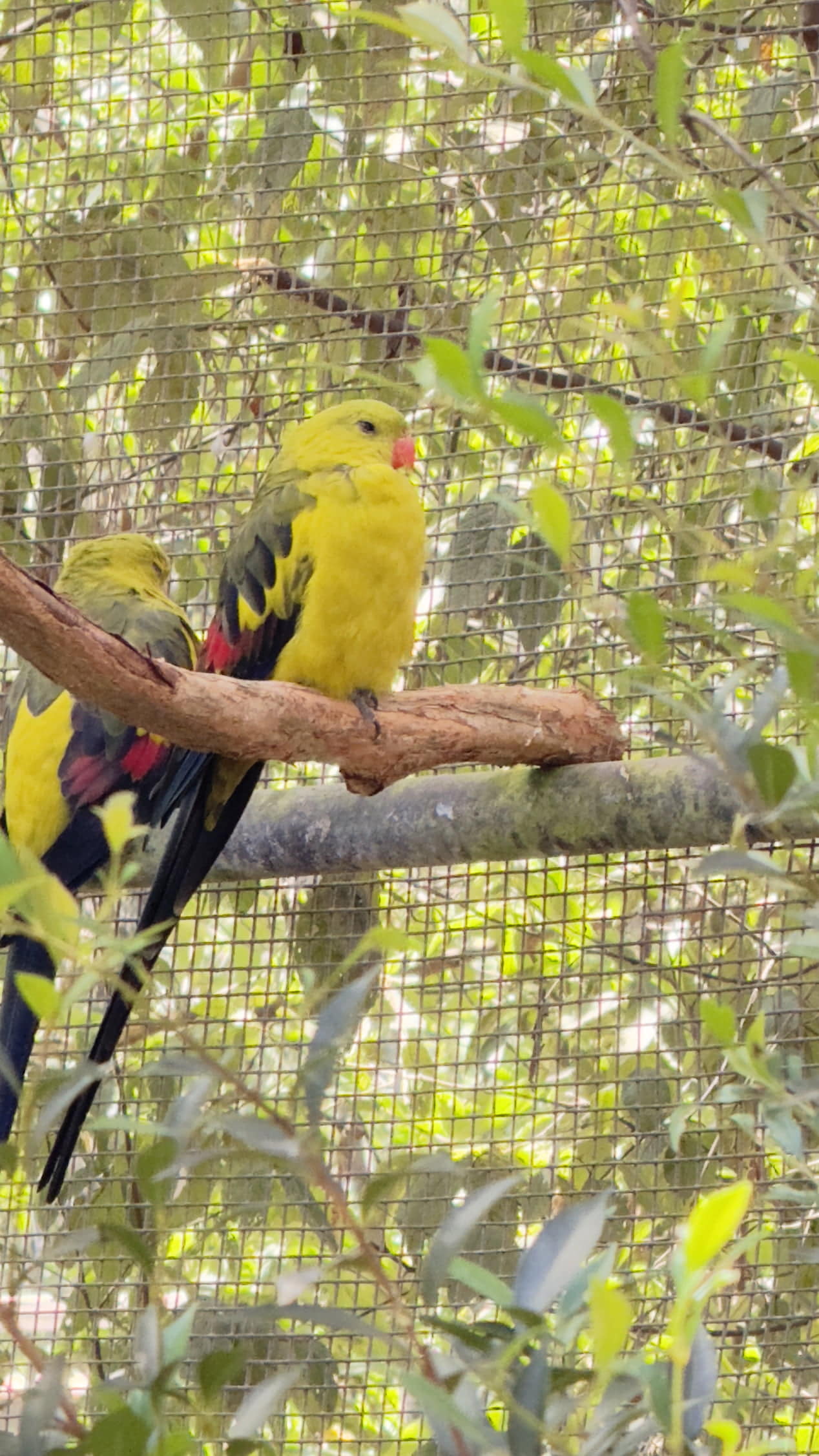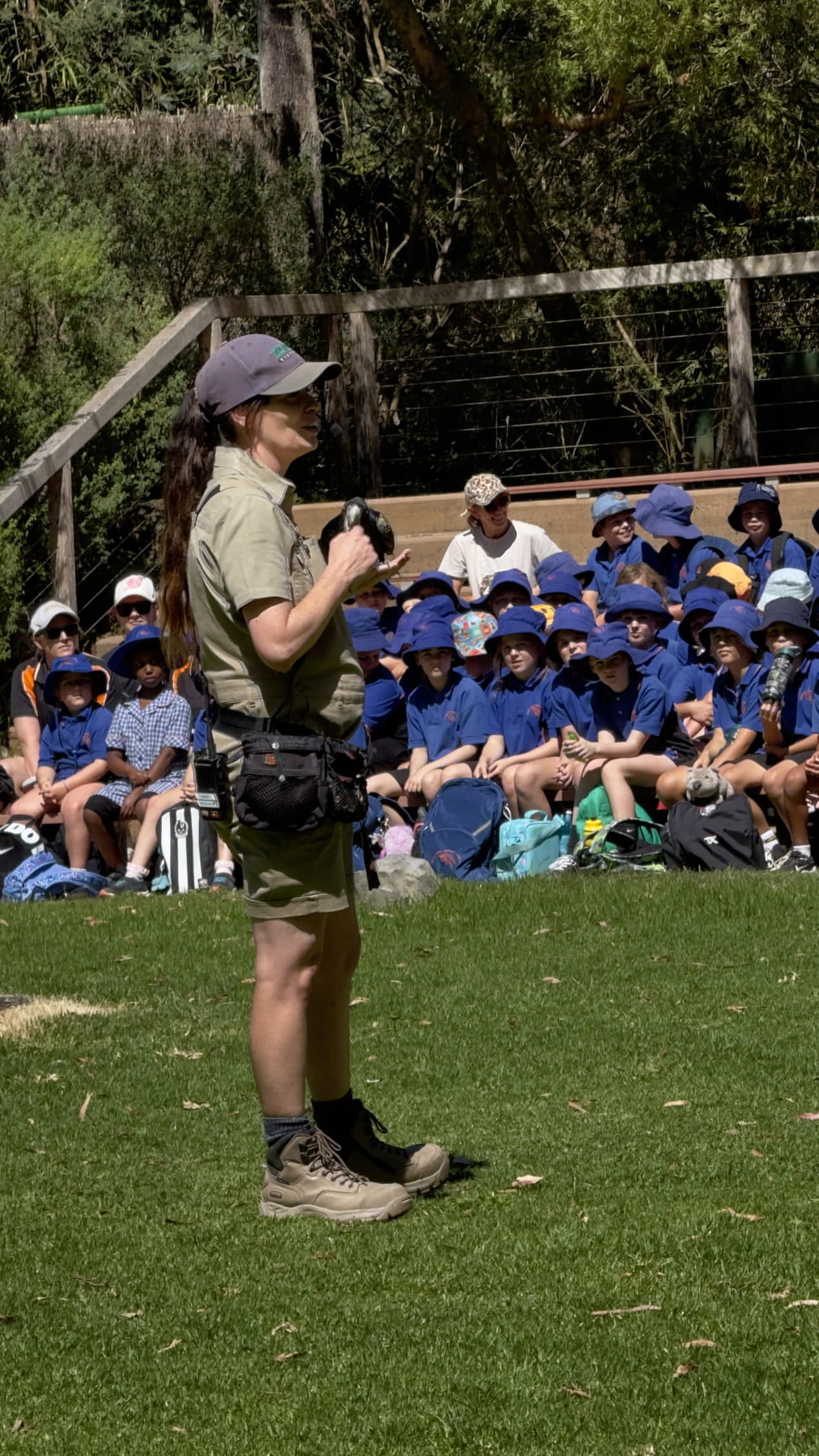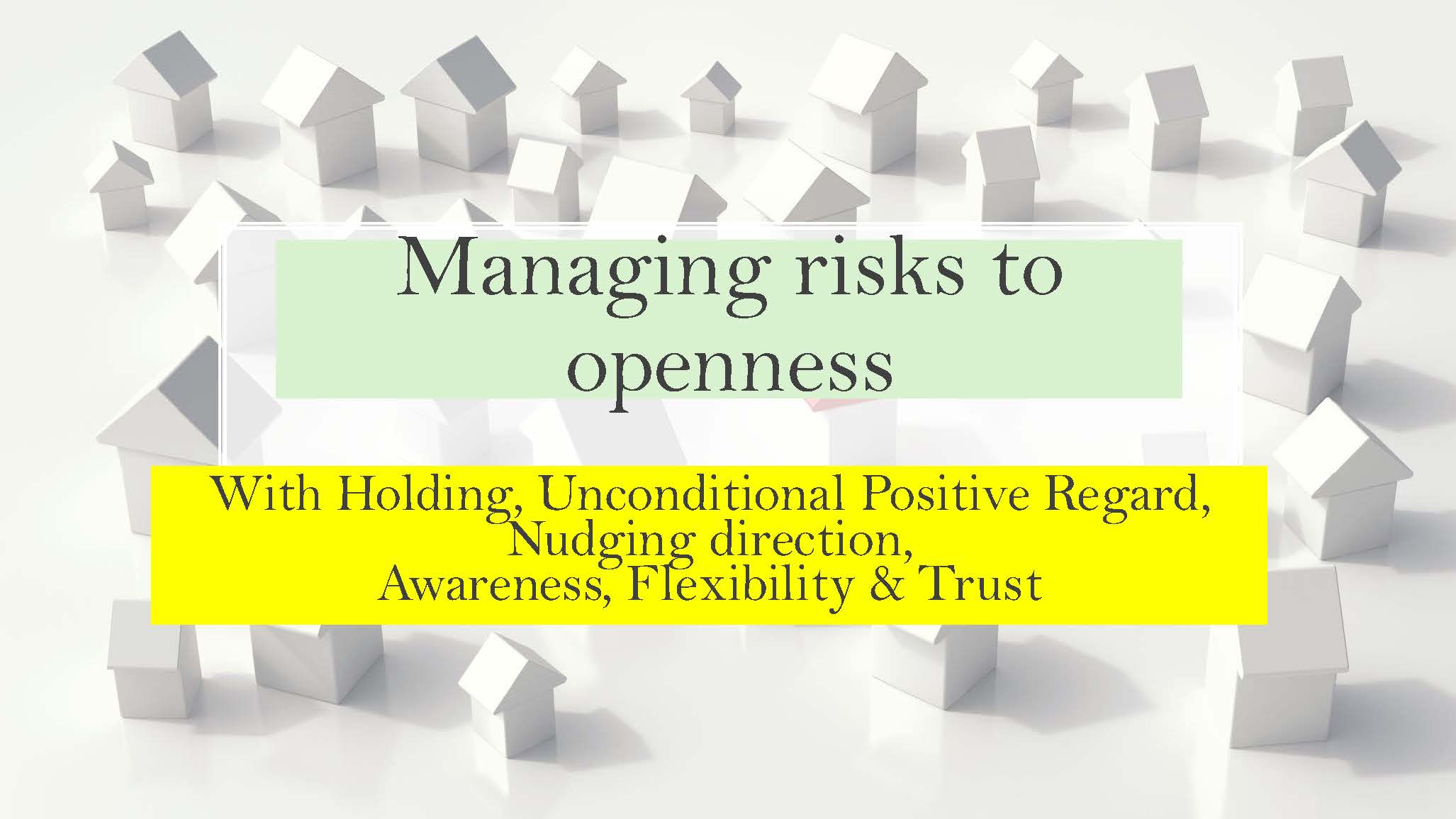Openness: Risks & Regulations
Dear Readers, Welcome to SC Musings, Blog 38
Continuing from Blog 37, I woke up to the risks which accompany ‘openness’. Yes, risks follow openness, like two sides of a coin, which we will be focusing on in this Blog, for harmony and balance personally, professionally and systemically.

And, here is my personal narrative about risks accompanying openness:
Brought up in a traditional background, with clear, almost air tight boundaries set by rules and rituals, I did not worry much about openness and risks. Adolescent mischief I indulged in with equally naughty friends, were dealt with firmly and surely, without much room for deviations. So, regulations took care of risks to a large extent.
Marriage opened up spaces inside and outside me. Stepping into a new culture of openness and individuality, I floundered hither and thither, trying to match my inner strivings with stimuli from outside. Family elders, especially my father-in-law and his mother held me grounded, as I found my footing and bearings. The holding came in different forms like guidance of what to expect, deep affection for me as an individual and gentle nudging when I needed to change course. Others, in both my birth and in the family I married into, supported me, but these two persons stand out when it comes to grooming me in openness and risks.
Transactional Analysis, TA was my anchor and go to place to make meaning of my life, and avoid risks. TA trainers and supervisors attempted to show me the way, but it was a relatively new science, still in the experimental stage, further complicated by cultural differences. A few falls, some steep took me to ground zero- a point of nothingness and vacuum, from where I had to create an open me, with clear boundaries; and I have to admit the process continues.

Moving to professional and systemic spaces, I am using people-work case-studies to depict openness and risk. These cases are altered significantly to mask identities and highlight the concepts.
A family came for counselling a decade and half ago, to address depression (severe clinical depression) in one member, and for guidance to handle social dynamics within the extended family; then, the younger generation sought direction for choice of life partners, and most issues resolved over a period. Some issues, which we at NG call heavy duty ones, took longer, with intense interventions, needing space and time to settle. We people-workers were challenged, confronted and had to be mindful in guiding the family, with our competencies stretched and expanded. The openness to receive and trust the guidance given by the NG team required a major shift in the family’s perceptions of themselves and their context. Despite the challenges and upheavals faced by family members, they transformed themselves and their surroundings, individually and as a system. The family has renewed our faith in human goodness, which is a blend of compassion, humility and awareness, manifested in behaviours as humility, respect and healthy confrontations.
People work interventions with the family yielded mutually beneficial outcomes to the receiver and the giver, because of the openness to receive contractually designed stimuli in the former and to use feedback by the latter.

A systemic case study reveals the risk accompanying openness, involving my professional narrative. People- work is my passion and I also see it as an investment in people and the environment.
My inclinations lays a base, which brings connectivity and engagement with clients, trainees, supervisees, participants and with my people work team. However, my openness to give is welcomed and received initially- and continues (in some cases) for years, till a shift happens. The shift may be due to change in situations, growth in confidence due to increased knowledge and skills etc. And then the risk hits me professionally and NG as a system, culminating in a work group becoming a process and sometimes a combat group (Berne, 1966, p.42, 43).
Here, I quote Berne who succinctly describes these different groups:
“ a group may be regarded as existing in a certain state at any given moment, according to the kind of work to which its energies are devoted. When the boundaries are in a state of well-established equilibrium, so that most of the group’s energies can be devoted to it’s activity, it may be simply called a work group. When it is chiefly involved in internal conflicts and concerts between forces… it may be called simply a process group.”
A combat group is one where the threat is from outside is handled (p.43) .
From Berne, and my experience with systems (system is used interchangeably with group), I have discovered that the process groups create turbulence in individuals, in relationships and in the system. This awareness has influenced me to regulate my openness to give and receive stimuli founded on my passion for people-work. It felt like a tectonic shift after an earthquake, and the process is underway.
Slowly, and surely, I am designing ways to transform my passion, and openness to give and receive into meaningful contracts which sustain me, the individuals seeking guidance and competency building and Nitya Gurukula. Thus was born the concept of an ‘Emergent NG’, for which an emergent self (in me) was required.
We have looked at the different ways in which risks appear and can be managed for growth and development of individuals and systems. It is essential to remember that this a dynamic process requiring mindful alertness and commitment and flexibility to fine tune internal processes.

Dear Readers,
We have delved deep in Blog 38 into openness and risk- I have shared narratives, personal and professional and a case study, to explain these concepts, which we will explore further in Blog 39.

References
Berne, E. (1966). Structure and dynamics of organizations and groups. Grove Press Inc, New York.